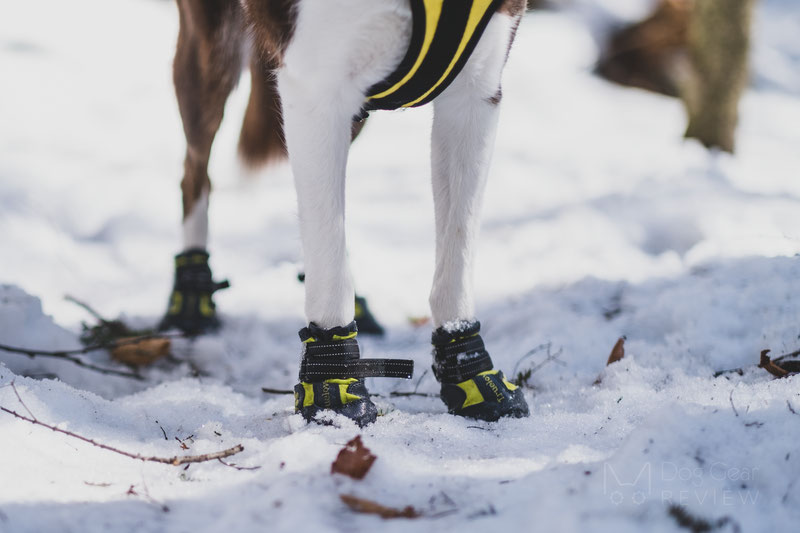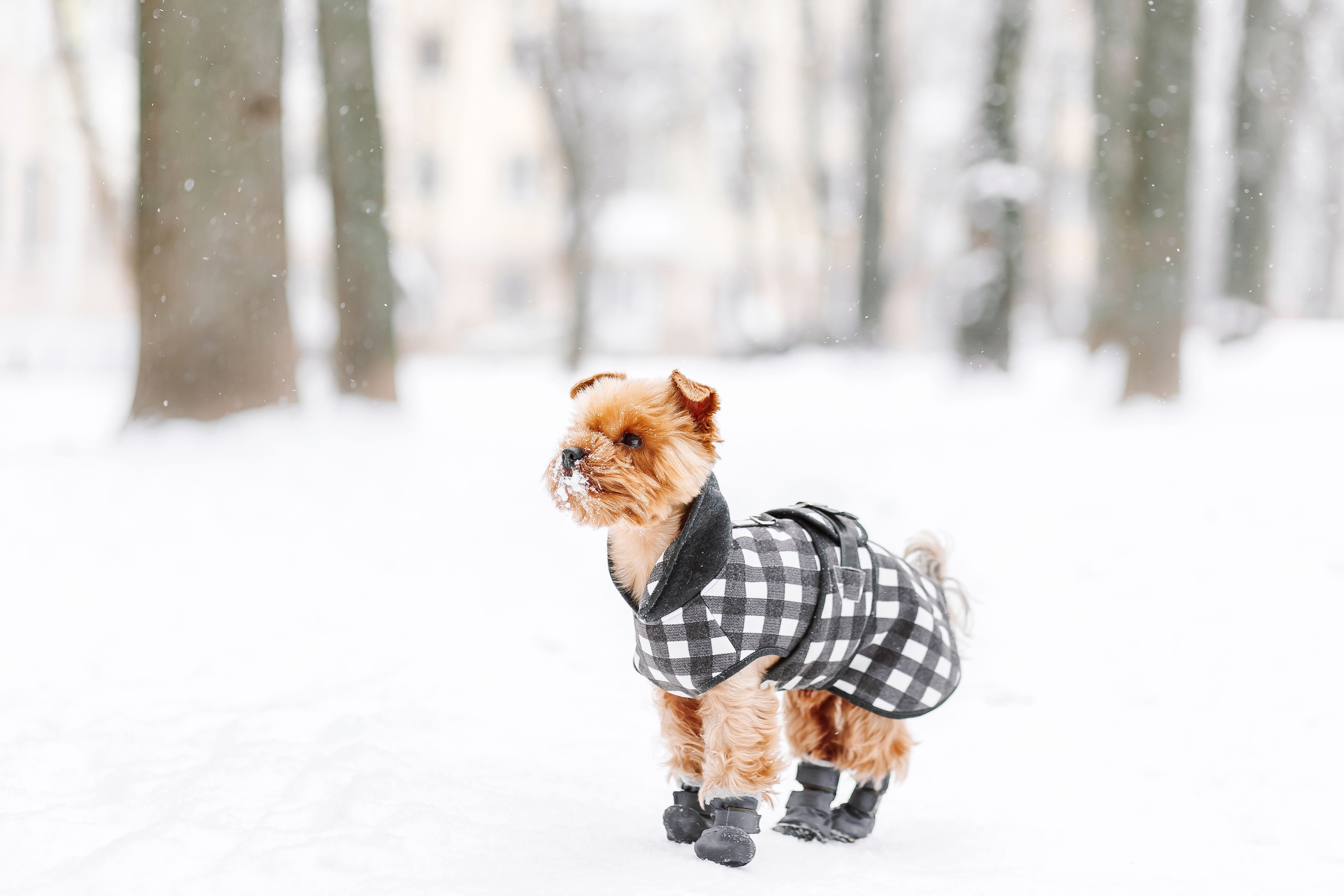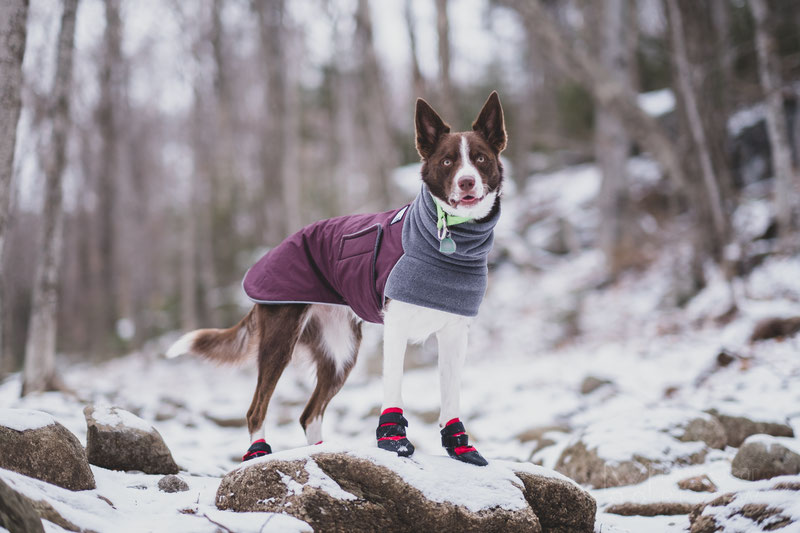Understanding the Needs of Dogs in Snowy Conditions
Winter brings joy and adventure for dog lovers, but with the cold weather comes unique challenges for our four-legged friends. Many dog owners often wonder, “Do dogs need shoes for snow?” The answer isn’t straightforward, as it depends on various factors, including the dog’s breed, size, health, and the snow conditions.
The Science Behind Dog Paw Care in Snow
Dog paws are designed to handle diverse terrains, but extremely cold temperatures and harsh conditions can be detrimental. Understanding how snow affects dog paws is essential for making informed decisions regarding protective footwear.
How Snow Affects Dog Paws
Snow can cause ice accumulation between your dog’s toes, leading to discomfort and pain. Additionally, the chemicals used for de-icing sidewalks can irritate their skin. A study published in the Journal of the American Veterinary Medical Association highlights that exposure to extreme cold can lead to frostbite in dogs, particularly in breeds with less padding on their paws.
For more in-depth insights, check out this AVMA resource.
Pros and Cons of Dog Shoes for Snow
When considering dog shoes, it is vital to weigh the benefits against the drawbacks. Below is a comparison table that outlines the primary pros and cons.
| Pros | Cons |
|---|---|
| Protects from cold, ice, and harsh chemicals | Some dogs may resist wearing shoes |
| Prevents injuries from sharp ice or debris | Can be expensive, depending on quality |
| Increases traction on slippery surfaces | May cause discomfort if not fitted properly |
| Keeps paws clean and dry | Needs to be put on and taken off before and after walks |
When Should You Consider Shoes for Your Dog?
Not all dogs need shoes in snowy conditions, but certain situations may warrant their use:
1. Small or Short-Haired Breeds
Dogs like Dachshunds or Chihuahuas, with little insulation, are more susceptible to the cold and may benefit from shoes.
2. Senior Dogs or Those with Joint Issues
Older dogs or those with arthritis can struggle in icy conditions. Shoes can provide stability and comfort.
3. Dogs with Sensitive Paws
If your dog has previously shown signs of paw sensitivity, shoes may offer protection from the elements.
Best Dog Shoe Options for Snow
Here are some highly recommended dog shoe brands that cater to snowy conditions:
1. Muttluks Original Fleece-Lined Dog Boots
These boots provide excellent insulation and a durable, waterproof exterior. Muttluks has a strong reputation among dog owners.
2. Ultra Paws Durable Dog Boots
Ultra Paws boots are designed for various terrains, offering a secure fit and rugged sole for traction.
3. Kurgo Blaze Dog Shoes
Known for its versatility, Kurgo’s Blaze Dog Shoes are perfect for winter conditions, featuring reflective elements for safety.

Comparison of Dog Boots
| Brand | Material | Waterproof | Traction | Price |
|---|---|---|---|---|
| Muttluks | Fleece-lined nylon | Yes | Excellent | $40+ |
| Ultra Paws | Durable synthetic | Yes | Good | $30+ |
| Kurgo | Mesh and rubber | Yes | Great | $50+ |
Alternative Solutions for Paw Protection
If shoes are not your preferred option, consider these alternatives:
1. Paw Wax
Paw wax can be applied directly to your dog’s paws to create a barrier against ice and chemicals. Popular brands include Musher’s Secret and PetSafe.
2. Sweater or Coat
For additional warmth, consider dressing your dog in a cozy coat or sweater, especially if they have short fur.

Training Your Dog to Wear Shoes
Introducing your dog to shoes can be a challenge. Here are some tips:
- Familiarization: Let your dog sniff and explore the shoes before putting them on.
- Gradual Introduction: Start by putting the shoes on for short periods and gradually increase the duration.
- Positive Reinforcement: Use treats and praise to create a positive association with the shoes.
Maintaining Your Dog’s Paw Health in Winter
Beyond footwear, it’s crucial to maintain your dog’s overall paw health during winter months:
1. Regular Inspections
Check your dog’s paws regularly for cracks, cuts, or signs of irritation.
2. Cleaning After Walks
Clean your dog’s paws after walks to remove any accumulated ice, snow, or de-icing chemicals.
3. Moisturizing
Consider using a paw moisturizer to prevent dryness and cracking during winter.

Why Local Experience Matters
In regions that experience heavy snowfall, such as the Midwest, dog owners often share their experiences regarding winter care. For instance, many dog parks in cities like Minneapolis or Chicago have seen a rise in the use of protective gear for dogs, prompting local retailers to stock a wider variety of dog shoes, wax, and winter apparel.
Frequently Asked Questions
Do all dogs need shoes in the snow?
No, not all dogs need shoes. It primarily depends on the dog’s breed, health, and the specific conditions they are exposed to.
Are dog boots waterproof?
Most quality dog boots are designed to be waterproof, making them suitable for snowy and wet conditions.
How do I know if my dog needs shoes?
If you notice signs of discomfort in cold weather or if your dog has sensitive paws, it may be time to invest in dog shoes.
What else can I do to protect my dog’s paws?
In addition to shoes, consider using paw wax and regularly inspecting and cleaning your dog’s paws after outdoor activities.
